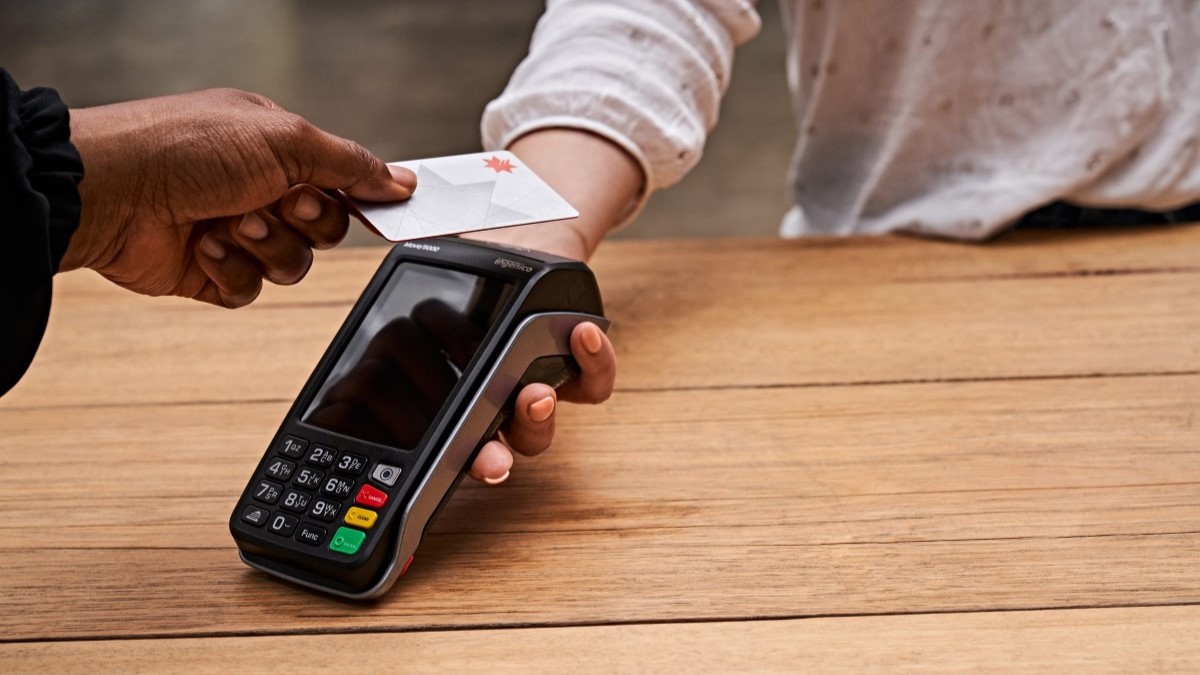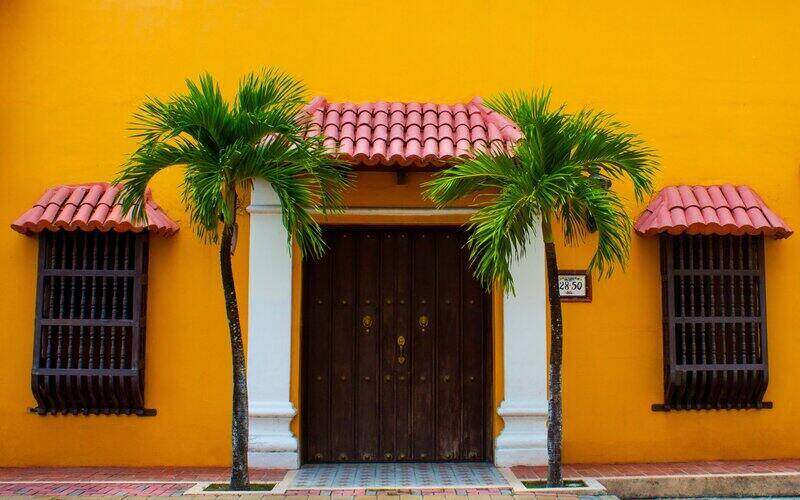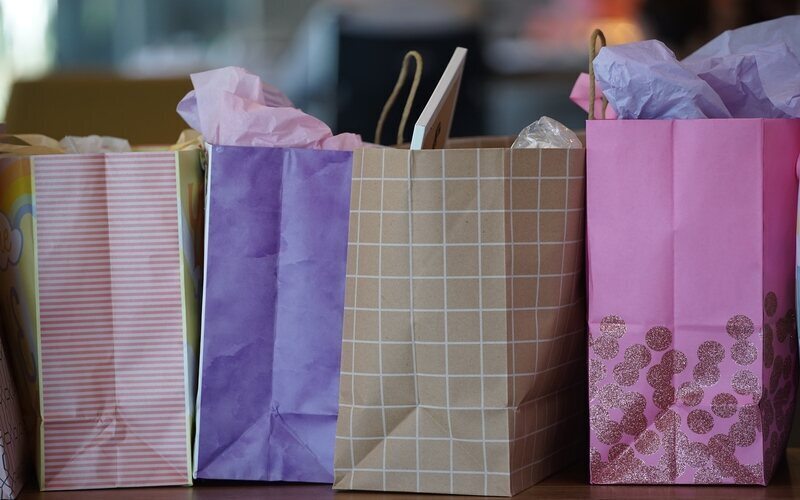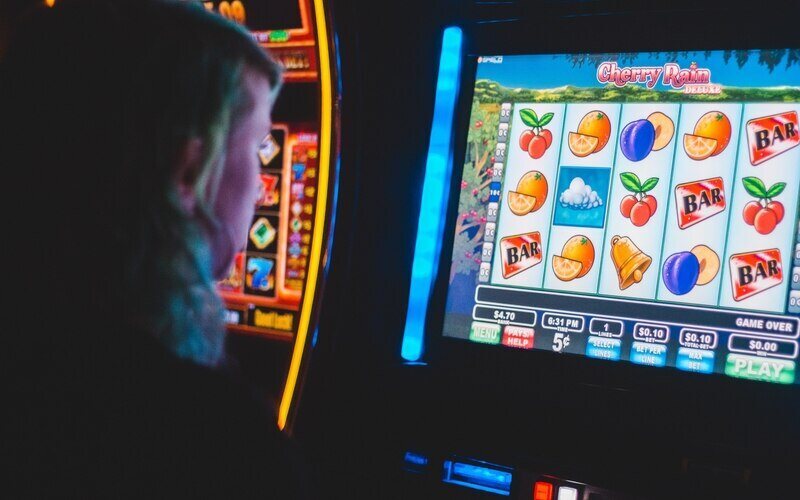The latest household credit and debit card spending analysis from Commonwealth Bank shows that spending rose by 13% in the week to Friday 6 November.
This marks the biggest year-on-year increase since March 2020 and the first double digit increase since July.
"The easing of restrictions in Victoria, and more open and the prospect of more open internal borders saw card spending surge," CBA's senior economist Belinda Allen said.
"There was a lift in both online and in-store spending showing the breadth of the rise."
Card spending on services like travel, health, personal care and education drove much of the 13% rise.
Ms Allen said the lift in spending highlights the importance of confidence in the health outcome and level of income support in the economy.
"Card spending on both goods and services lifted over the past week, but services spending was the dominant driver. Services spending on cards rose by 5% compared to a year ago and was the first positive print since the nationwide lockdown in March."
Annual card spend was especially high in Victoria, up 15% for the week ending Friday 6 November compared with the same period last year as the state recorded another new day of no new coronavirus cases or deaths.
"Looking at Victoria, pent up demand and an easing of restrictions saw spending rise in all but one category we track, with communication the exception," Ms Allen said.
"Eating and drinking out still faces some restrictions but spending in this category is recovering and shows growing confidence in the health outcome."
Spending on household furnishings and equipment was strong, up 37% the week ending Friday 6 November.
Recent data from credit bureau illion's weekly spending tracker also found that spending on home improvement has been high.
In the week ending Sunday November 1, Australians spent 59% more on home improvement than they did during a normal week pre-COVID.
It comes after data from CommSec found that COVID-19 lockdowns may be behind the rise in Australians building bigger homes.
According to the report, the average new house built in Australia in 2019/20 was 2.9% bigger than the previous year, and the biggest increase in 11 years.
Other categories that saw big increases in spending were alcohol (17%), food (18%) and clothing and footwear (14%).



 Harrison Astbury
Harrison Astbury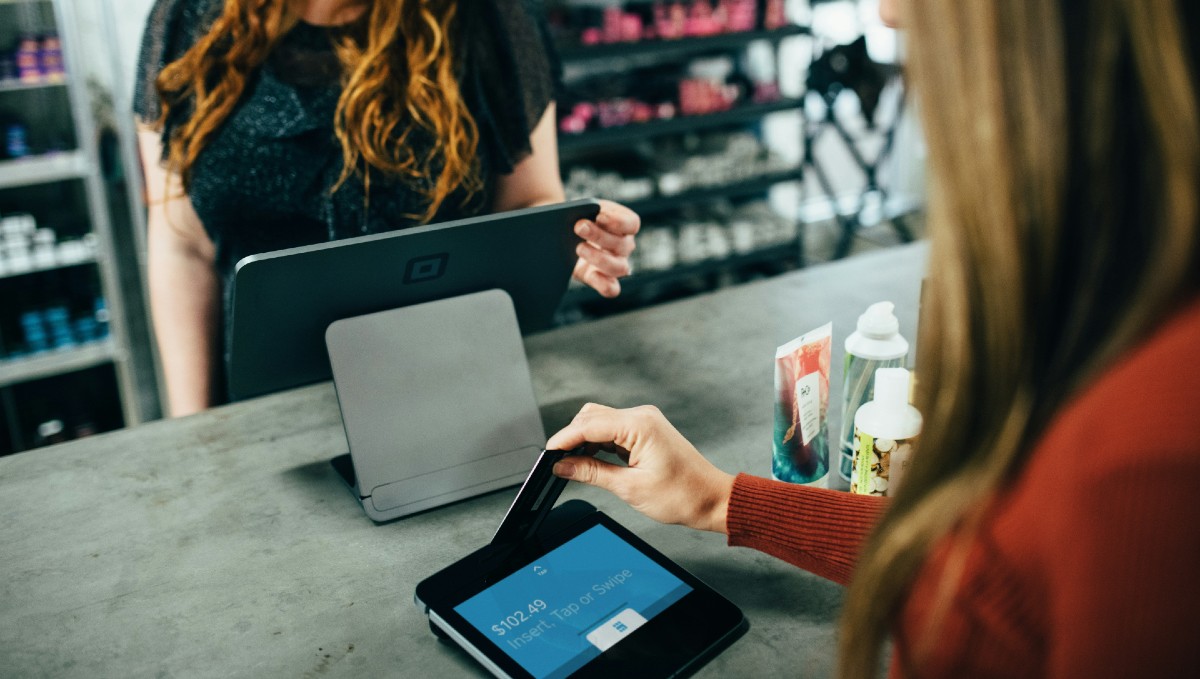
 Denise Raward
Denise Raward